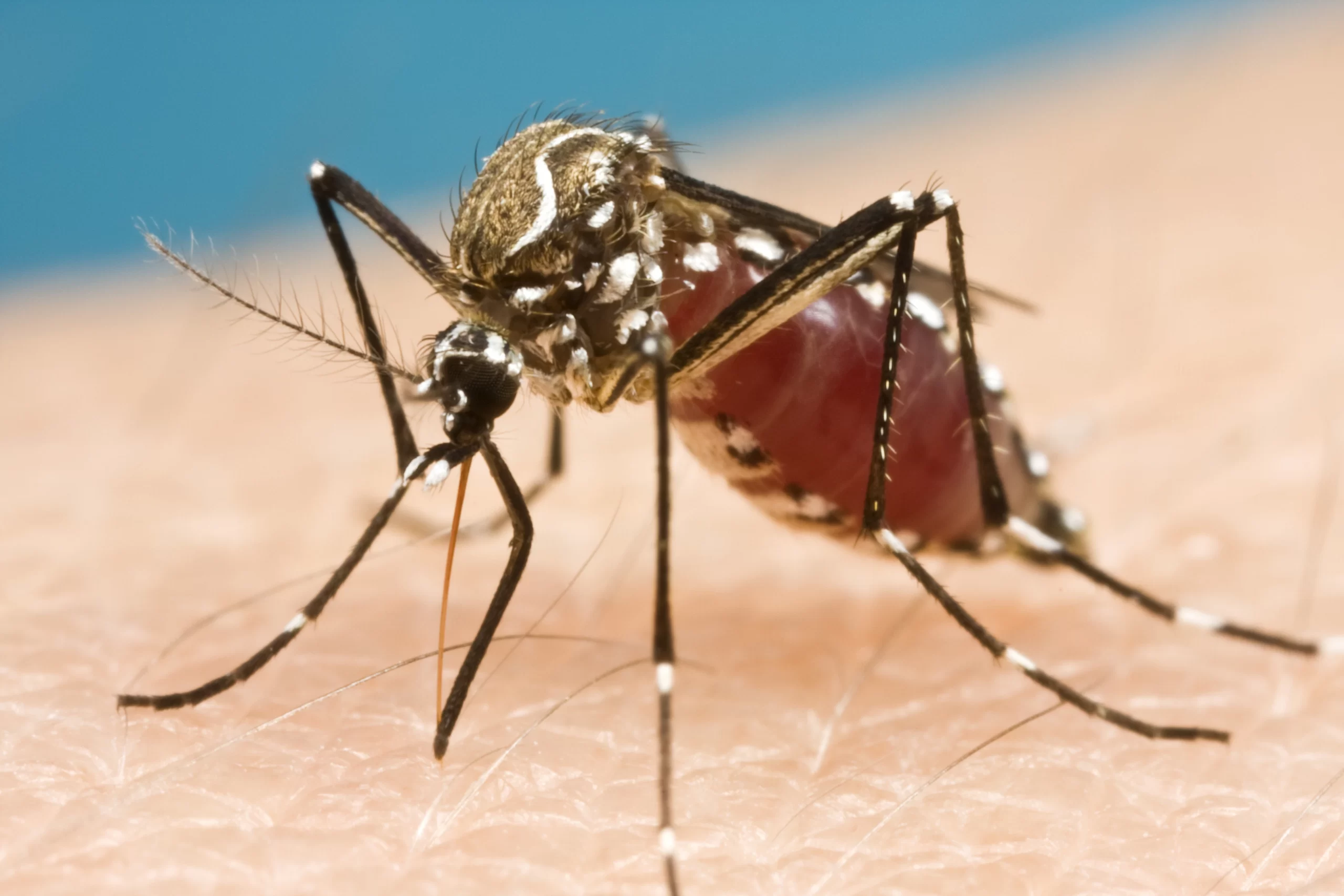Samoa’s Ministry of Health (MOH) has raised alarm bells with the announcement of 65 cases of dengue-like illness in its recent surveillance report for the period spanning from 29 April to 5 May.
Despite the national clean-up campaign, no major change has been observed so far with the Ministry stressing the persistence of high numbers of dengue-like cases, urging the public to adhere diligently to prevention guidelines.
Despite the surge in cases, laboratory confirmation of dengue infection in patients exhibiting dengue-like symptoms is pending. The declaration of a dengue outbreak in Samoa on 19 April heightened concerns over the spread of the disease, prompting intensified efforts towards prevention and containment.
To stem the spread of the illness, health authorities have reiterated the importance of proactive measures, including the elimination of potential mosquito breeding grounds by clearing stagnant water sources around residential areas.
Additionally, individuals are advised to utilise protective measures such as appropriate clothing, mosquito nets, and repellents to minimize the risk of mosquito bites.
A recent study on climate indicators and global dengue incidence spanning from 1990 to 2019 has shed light on critical associations.
Researchers identified the Indian Ocean basin-wide (IOBW) index as a significant indicator closely linked to dengue epidemics in both the Northern and Southern hemispheres.
According to the study published in the journal Science, the IOBW index serves as a reliable predictor of dengue incidence due to its influence on local temperature anomalies through teleconnections.
These findings hold promise in bolstering early warning systems and enhancing outbreak response strategies, potentially mitigating the impact of future outbreaks.
Despite advancements in understanding climate-driven factors influencing dengue transmission, significant knowledge gaps persist. The study underscores the need for comprehensive approaches considering diverse climatic influences across regions to effectively forecast and combat dengue outbreaks worldwide.
With nearly half of the global population residing in areas at risk of dengue transmission, and an estimated 400 million infections occurring annually, concerted efforts in surveillance, prevention, and research remain paramount in the global fight against this mosquito-borne disease.
